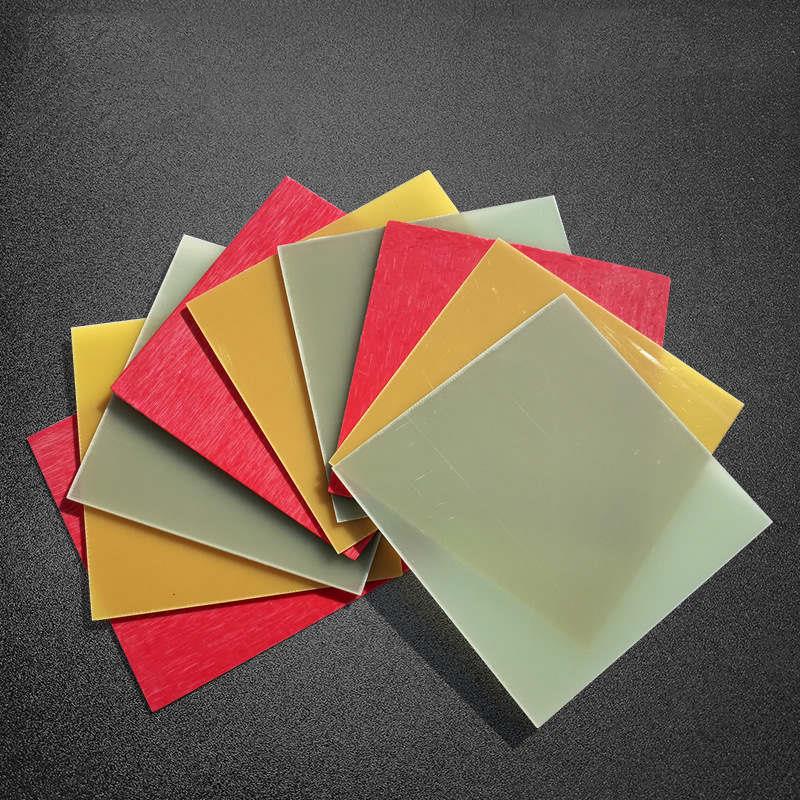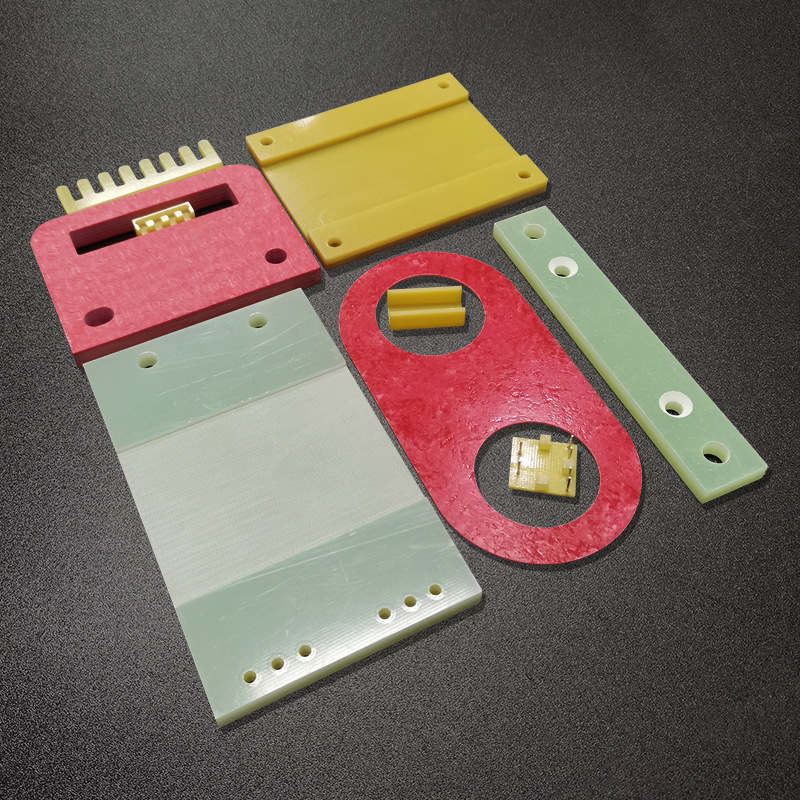
FR4 G10 epoxy board is a kind of high polymer that can be used in medium temperature environment. It is also a typical insulating material. Its main component is epoxy resin, so it will generally show heat deformation at a high temperature of 180°C. In order to ensure its integrity, it is generally not heated together with other metals.
In addition, we must also pay attention to whether it is toxic. Although the raw materials used in manufacturing are non-toxic, whether the products produced are toxic or not depends on the manufacturing process. When using epoxy resin to make various products, Other substances or solvents may be added to make the performance of the epoxy resin itself changed and become toxic.
Epoxy resin is generally used together with additives. According to the different additives, it can be judged whether the products are toxic. Generally, the main additives of epoxy resin are curing agent, modifier, filler, diluent, etc., which determine whether the product can be molded and cured.
Therefore, the product cannot be confused to determine whether it is toxic. Depending on the manufacturing process, the added substance, and the qualification of the manufacturer, the quality of the product is also different. In the actual purchase of this type of product, the specific description of the product should be carefully checked to see whether it has the use of special substances, and the qualification of the manufacturer should also be investigated.
It is well known that FR4 G10 epoxy board is a commonly used insulating material with a wide range of uses. It can be processed into transformer parts, switchgear insulation parts, electric furnace insulation parts, and semiconductor insulation parts.

Is fr4 g10 a composite material?
Composite materials refer to new materials made up of two or more materials. One of the materials is used as the matrix, and the other is used as the reinforcing material. In terms of performance, complement each other. It is indeed a composite material, its matrix material is glass fiber, and the reinforcing material is epoxy resin. After the glass fiber is pre-impregnated with resin, layer by layer according to the specified thickness, and then pressed and solidified. Although glass fiber alone has high strength, it is easy to bend and has good ductility when mixed with resin. Of course, some additives are added during manufacturing. For example, adding a curing agent can speed up the curing of the resin, and adding a stabilizer can ensure that the epoxy resin will not be decomposed due to high temperature during processing, assembly and use. The flame retardant can Make the material extinguish fire by itself, increase the sex.
Therefore, as a composite material, it has good performance, high temperature resistance, chemical corrosion resistance, light weight, high strength, insulation, fatigue resistance, etc., and it can work normally in harsh environments. It has the following advantages:
Advantage 1: Avoid the undesirable phenomenon of delamination and deformation of the plate. The appearance of FR4 G10 epoxy board under high temperature conditions is prone to deformation, which affects the appearance of the board, and some of the board has various phenomena. But its high temperature resistance can avoid the above situation.
Advantage 2: To avoid the impact of the performance of the board. High temperature not only affects the appearance of the board, but also has a certain impact on the performance of the board, which may cause the performance of the board to be damaged.
Advantage 3: Increase the service life of the board. The influence of various unfavorable conditions on the board is avoided, so that the aging of the board can be delayed, people's replacement time is saved, and the production efficiency is improved.
Get your FR4 G10 projects started today
When you send out 3D CAD documents to us, JY Machinery will provide you with instant price, on-demand delivery time, as well as design for manufacturability comments for your customized CNC machining components on materials and also producing process, to make sure that the component can meet your expectations as well as budget plan demands.
评论
发表评论